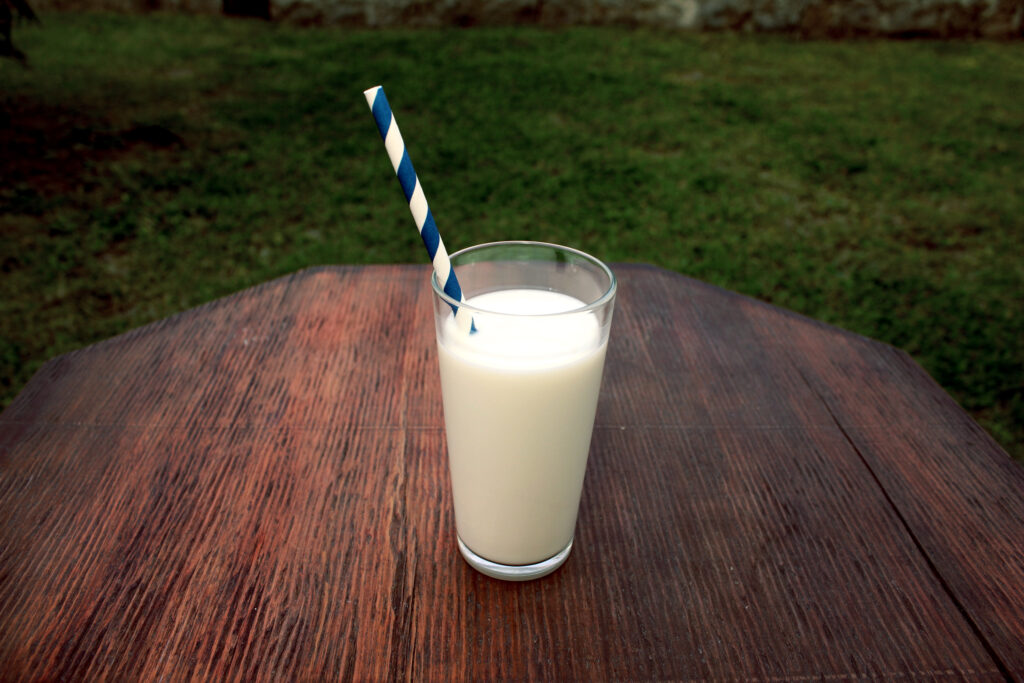
Supermarket giant Coles has recently raised the prices of its own-brand milk by 10 cents per litre, adding to the financial burden of households already grappling with rising living costs. This increase, attributed to mounting supply chain expenses, brings the price to $1.70 for one litre and $3.30 for two litres, representing a 21 per cent hike over just a little more than a year.
While Coles acknowledges the hardship faced by its customers, the decision to increase prices was deemed necessary due to ongoing supply chain challenges. Dairy Australia, the industry’s peak body, highlighted in its latest report that dairy product prices have surged at the fastest rate when compared to other food categories. It further noted that supermarkets and retailers can reap substantial profits from dairy, as it is a staple item on most shopping lists.
The story of rising milk prices traces back to 2011 when Coles, Woolworths, and Aldi slashed retail milk prices to $1 per litre, a move that caused some dairy producers to exit the industry. Despite a 2019 agreement among major supermarkets to raise milk prices to aid struggling farmers, retail milk remained cheaper than 2010 levels.
The decline in Australian milk production has continued, driven by fewer farmers leaving the industry, resulting in reduced milk supply. According to Dairy Australia data from 2011, approximately 2,350 farm businesses left the dairy sector, leaving about 4,420 dairy farmers. During this period, milk production decreased by about 1 million litres.
Last year, farmers received record farm gate milk prices due to factors such as low supply, adverse weather conditions affecting production, labour challenges, and inflationary pressures on farmers and milk processors. These trends have persisted this year, with major processors offering prices close to last year’s levels, ranging from $9.40 to $10 per kilo of milk solids.
Dairy Australia’s latest report indicates a 5 per cent contraction in milk production for the 2022/23 season, attributing it to wet weather, flooding, labour difficulties, competition for resources, and farm exits. The report also suggests that competition among processors for milk has been intense.
The future of milk prices remains uncertain as supply continues to dwindle, with predictions of a further 3 to 4 per cent drop in the national milk pool to 7.8 billion litres. However, it’s worth noting that the global price of milk has been declining, particularly in New Zealand, where farmers are paid significantly less than their Australian counterparts. As a result, there has been a 17 per cent increase in imported dairy products in Australia.
Regarding plant-based milk alternatives, they have also seen price increases, with the cost of these products rising from $1.39 a litre in 2018 to $1.94, according to Statista.com. Coles offers a variety of options, such as Norco’s plant-based milk for $2.40 a litre, Australia’s Own almond milk for $2 a litre, and fresh Vitasoy oat milk for $3.60 a litre.






